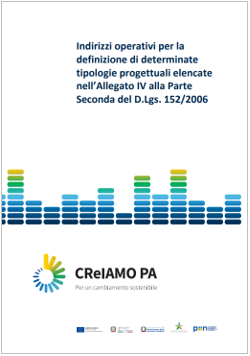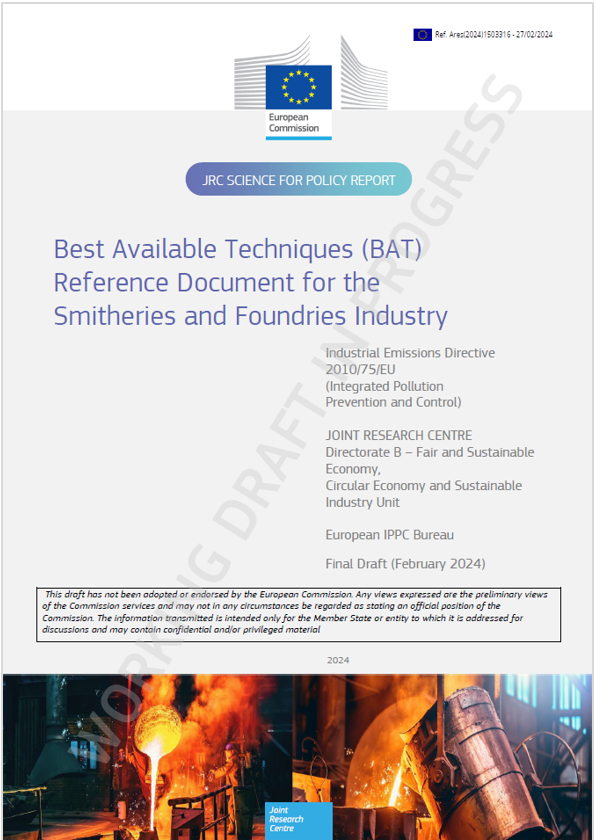Decreto 15 febbraio 2017
Adozione dei criteri ambientali minimi da inserire obbligatoriamente nei capitolati tecnici delle gare d’appalto per l’esecuzione dei trattamenti fitosanitari sulle o lungo le ...
July 2006
...
The horizontal BAT (Best Available Techniques) Reference Document (BREF), entitled ‘Emissions from storage’ reflects an information exchange carried out under Article 16(2) of Council Directive 96/61/EC (IPPC Directive). This executive summary – which is intended to be read in conjunction with the BREF preface’s explanation of objectives, usage and legal terms – describes the main findings, a summary of the principal BAT conclusions and the associated emission/consumption levels. It can be read and understood as a stand alone document but, as a summary, it does not present all the complexities of the full BREF text. It is therefore not intended as a substitute for the full BREF text as a tool in BAT decision making.
Scope
The issue ‘emissions from storage of bulk or dangerous materials’ has been identified as a horizontal issue for all activities described in Annex I of the IPPC Directive. It means that this document covers the storage, transfer and handling of liquids, liquefied gases and solids, regardless of the sector or industry. It addresses emissions to air, soil and water, however, most attention is given to emissions to air. Information about air emissions from the storage and handling/transfer of solids focuses on dust.
General information, substances and classifications
Chapter 1, General information, provides general information on the environmental relevance of storage and handling of bulk and dangerous substances and the emission situation at storage installations by identifying, in general, the most important sources of emission to air and water and waste. Chapter 2, Substances and classifications, addresses the different classification systems of substances and the different categories of substances such as toxicity, flammability and harmfulness for the environment. For solids in bulk, it also addresses the dispersiveness class.
Applied storage, transfer and handling techniques, and techniques to be considered in the determination of BAT.
Chapter 3, Applied storage, transfer and handling techniques, describes the techniques applied in the storage, transfer and handling of liquids, liquefied gases and solids. Chapter 4 describes techniques to be considered in the determination of BAT, again related to liquids, liquefied gases and solids. First, the liquids and liquefied gases related topics will be summarised, followed by the solids related topics.
_______
Collegati:
Adozione dei criteri ambientali minimi da inserire obbligatoriamente nei capitolati tecnici delle gare d’appalto per l’esecuzione dei trattamenti fitosanitari sulle o lungo le ...

Progetto CReIAMO PA - Indirizzi operativi per la definizione di determinate tipologie progettuali elencate nell'Allegato IV alla Parte S...

ID 8724 | 12.03.2024
Final draft of the revised BREF on Smitheries and Foundries (SF BR...
Testata editoriale iscritta al n. 22/2024 del registro periodici della cancelleria del Tribunale di Perugia in data 19.11.2024